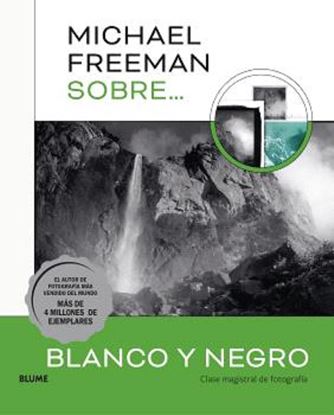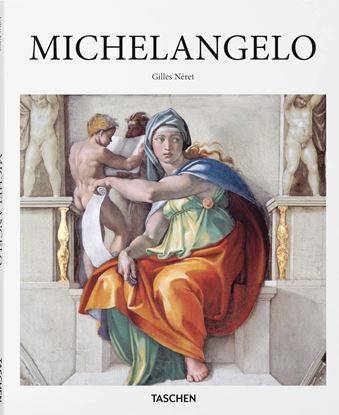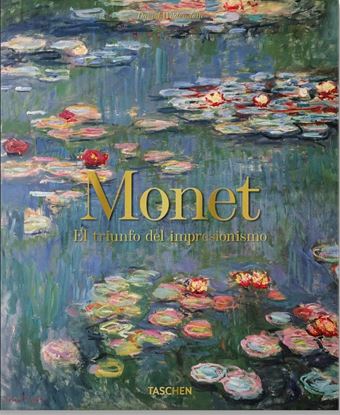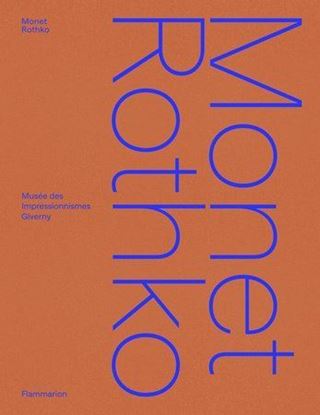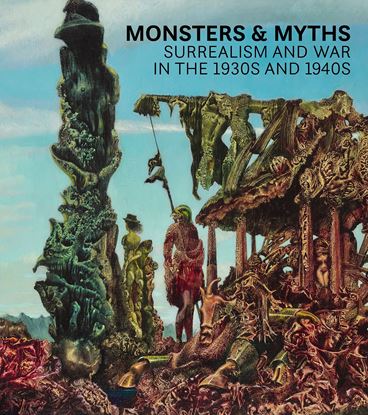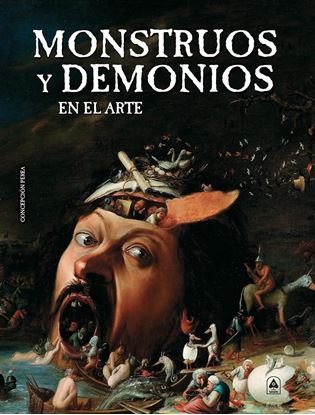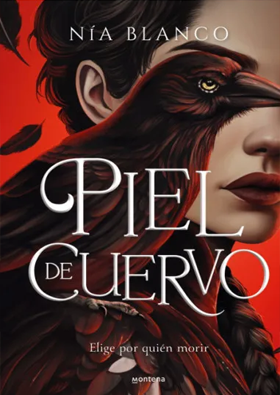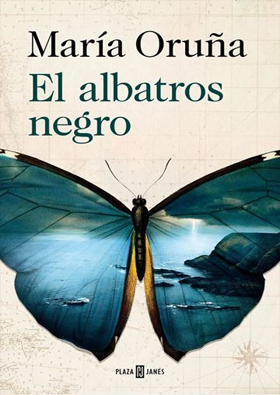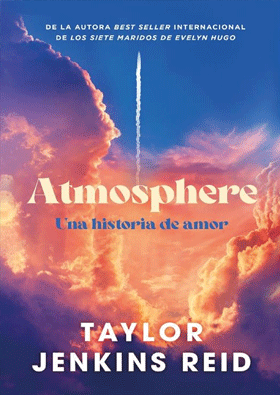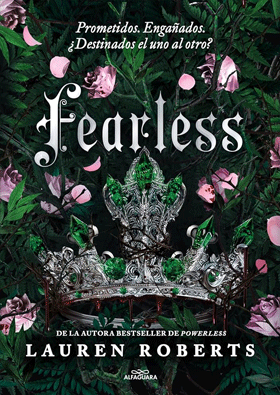

MICHAEL FREEMAN SOBRE BLANCO Y NEGRO
El autor superventas Michael Freeman aporta sus años de experiencia al estudio del estilo más perdurable y lleva la teoría y la práctica de este género clásico a la época moderna. En esta exhaustiva guía sobre la imagen en blanco y negro, Freeman estimula la creatividad personal y explica la práctica fotográfica de un modo comprensible y, por encima de todo, útil y práctico. La fotografía en blanco y negro al día, para informar e inspirar tanto a los puristas como a los nuevos practicantes de este género. La fotografía en blanco y negro no es solo la expresión más pura del proceso de creación de imágenes, sino también un camino esencial hacia una mejor comprensión de los principios fotográficos. Este libro explica cómo visualizar el mundo en blanco y negro mientras se captan imágenes y a desarrollar un instinto para poner en práctica la dinámica de la fotografía en blanco y negro.
1,450
MICHELANGELO (BA) (GB)
Italian-born Michelangelo di Lodovico Buonarroti Simoni (1475–1564) was a tormented, prodigiously talented, and God-fearing Renaissance man. His manifold achievements in painting, sculpture, architecture, poetry, and engineering combined body, spirit, and God into visionary masterpieces that changed art history forever. Famed biographer Giorgio Vasari considered him the pinnacle of Renaissance achievement. His peers called him simply “Il Divino” (“the divine one”).This book provides the essential introduction to Michelangelo with all the awe-inspiring masterpieces and none of the queues and crowds. With vivid illustration and accessible texts, we explore the artist’s extraordinary figuration and celebrated style of terribilità (momentous grandeur), which allowed human and biblical drama to exist in compelling scale and fervor.
1,350
MONET. EL TRIUNFO DEL IMPRESIONISMO (KL)
Junto con J.M.W. Turner, ningún artista se esforzó más que Claude Monet (1840-1926) en capturar en el lienzo la luz. De todos los impresionistas, fue el hombre del que Cézanne decía "solo un ojo, pero ¡Dios mío, qué ojo!", el hombre que se mantuvo completamente leal al principio de la fidelidad absoluta a la sensación visual, pintando directamente a partir del objeto.
Se podría decir que Monet reinventó las posibilidades del color y que, ya fuera por su temprano interés en los grabados japoneses, su período como recluta bajo la resplandeciente luz de Argelia o su relación personal con los pintores más importantes de fines del siglo XIX, lo que creó Monet durante su larga vida cambió para siempre el modo en que percibimos tanto el mundo como sus fenómenos asociados. El punto culminante de sus exploraciones fue la serie tardía de nenúfares pintada en su propio jardín de Giverny, la cual, en su giro hacia la ausencia casi total de forma, es realmente el origen del arte abstracto.
4,200
MONET-ROTHKO
This comparison of the works of Monet and Rothko provides exhilarating new insight on these pioneers of abstraction and masters of color.
Recent research on late impressionism has highlighted the surprising correspondences between the work of impressionist paragon Claude Monet and that of abstract painters such as Mark Rothko.
This book offers an unprecedented dialogue between the paintings of Monet and Rothko, two artists who explored the frontiers of abstraction. It explores the uncanny similarities between their works, painted almost half a century apart, as well as the significance of the differences between the master artists’ styles. Monet conveyed the immediacy of his impressions of nature, while Rothko plunged the viewer into the depths of colors that he superimposed and interwove.
And yet this book—originally conceived to accompany an exhibition at the Musée des Impressionnismes Giverny and illustrated with sixty chromatically organized reproductions—reveals an undeniable relationship between their pictorial universes, challenging the viewer’s perception of abstraction and modernity. This confrontation, contextualized through the analysis of renowned critics, sheds new light on the oeuvre of two of the greatest masters of painting and offers fresh insight into the essence of what makes their works so inherently original.
1,995
MONSTERS AND MYTHS (OF3)
During the pivotal years between the world wars, Surrealist artists on both sides of the Atlantic responded through their works to the rise of Hitler and the spread of Fascism in Europe, resulting in a period of surprising brilliance and fertility. Monstrosities in the real world bred monsters in paintings and sculpture, on film, and in the pages of journals and artists' books. Despite the political and personal turmoil brought on by the Spanish Civil War and World War II, avant-garde artists in Europe and those who sought refuge in the United States pushed themselves to create some of the most potent and striking images of the Surrealist movement. Trailblazing essays by four experts in the field trace the experimental and international extent of Surrealist art during these years--and, perhaps most unexpectedly of all, its irrepressible beauty.
995
MONSTRUOS Y DEMONIOS EN EL ARTE
Miedo, pero fascinación; espanto, pero atracción. Nuestra relación con los monstruos es dual y contradictoria desde el inicio de los tiempos y precisamente por eso tantos artistas decidieron plasmar sus peores pesadillas y las causas de tanto horror en innumerables obras. Algunas de las más emblemáticas y oscuras están dentro de este libro. Pasar las páginas de este libro es un acto de valor, aunque todos sabemos lo seductor que puede ser el peligro.
1,450

